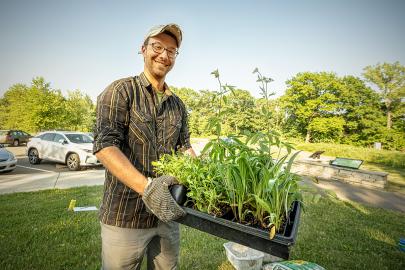Just as our breeding bird surveys have shown more birds and more species using FMR-restored prairies, our latest pollinator surveys further demonstrate the wildlife benefits of restored habitats. >>
Read moreStay current
Get river news, FMR updates and event calendars twice a month.









